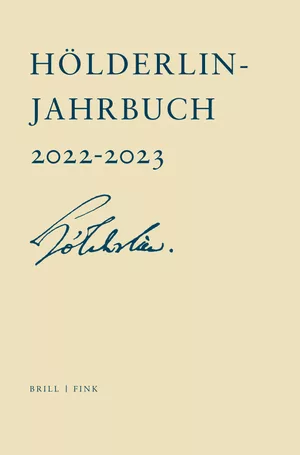Germans and French – Germany and France: patterns of perception, borders and border crossings around 1800
About the article:
Over the last few decades, historiography has undergone a fundamental review of the period around 1800. Some elements have remained largely constant – such as the focus on the person of Napoleon I in conjunction with the tendency to present overall histories of the period in the form of comprehensive biographies of Napoleon – while others have undergone major changes. Assumptions about the relationship between Germany and France or Germans and French have changed, as has the assessment of the relationship between persistence and change, approval and resistance, animosity and admiration. The aim of the following essay is to present and classify these tendencies in the form of theses. In doing so, I will first deal with the broad outlines before moving on to the two focal points of patterns of perception and border crossings in both a concrete and a figurative sense.
About the yearbook:
The Hölderlin Yearbook 43, 2022-2023, documents the 37th annual conference of the Hölderlin Society, which took place in Tübingen in 2022. The main lectures compare Schiller, Hölderlin and Goethe and ask about the purpose of Hölderlin’s poetry. Working group reports deal with Hölderlin’s participation in the ‘Swabian Poetry Contest’, with his concept of ‘transfiguration’, with German-French patterns of perception around 1800, with the ‘Nachtgesänge’ as well as with Hölderlin’s impact in 20th and 21st century poetry. Essays, miscellanies, reviews as well as reports from the Forum and the working discussions of young Hölderlin researchers provide insights into current research. Obituaries and news from the Hölderlin Society conclude the volume.


